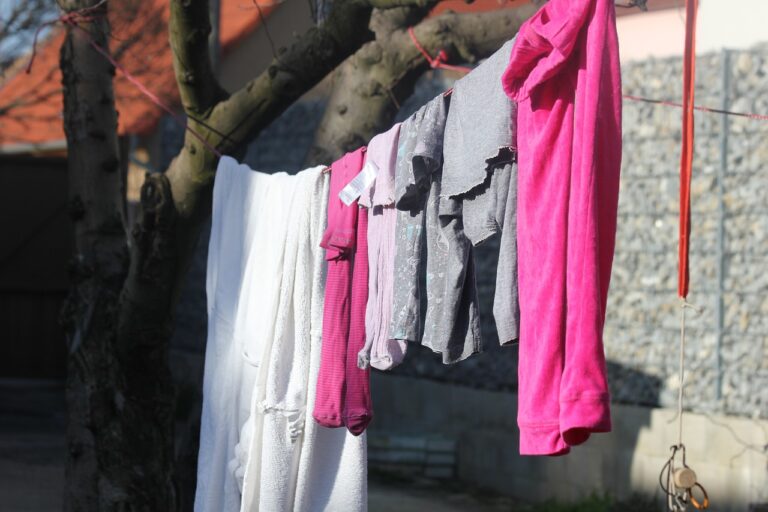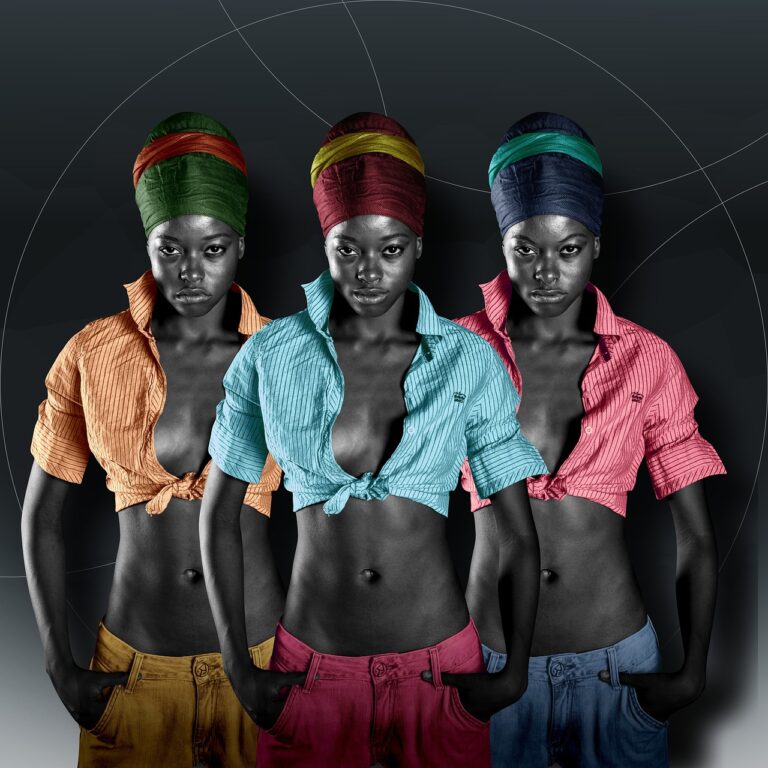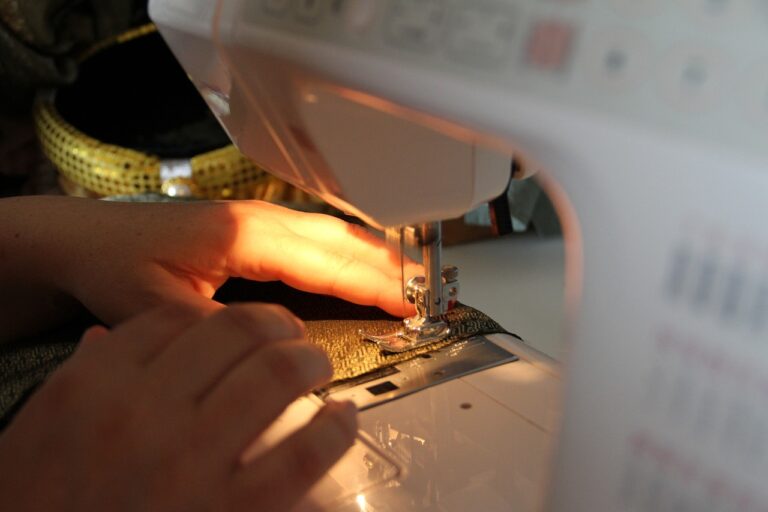Pattern Making for Adaptive Swimwear: Designing for Mobility and Comfort: 11x play online, Reddy bet, Golden777
11x play online, reddy bet, golden777: Pattern Making for Adaptive Swimwear: Designing for Mobility and Comfort
Designing adaptive swimwear is all about creating garments that allow individuals with diverse needs to move freely and comfortably in the water. It’s essential to consider factors such as mobility, comfort, and fit when designing these garments. In this article, we’ll explore the process of pattern making for adaptive swimwear, focusing on how to design for mobility and comfort.
Understanding the Needs of the User
The first step in pattern making for adaptive swimwear is to understand the needs of the user. This involves considering factors such as range of motion, ease of dressing and undressing, support, and comfort. By understanding the specific needs of the user, you can create a garment that meets those needs effectively.
Choosing the Right Materials
Once you have a good understanding of the user’s needs, the next step is to choose the right materials for the garment. It’s essential to select fabrics that are durable, stretchy, and quick-drying. Fabrics with UV protection are also a good choice for swimwear, as they can help protect the skin from the sun’s harmful rays.
Creating the Pattern
The pattern is the blueprint for the garment, and it’s crucial to get it right. When creating a pattern for adaptive swimwear, it’s essential to consider factors such as ease of movement, adjustability, and support. Patterns should be designed to accommodate a range of body shapes and sizes while ensuring a comfortable and secure fit.
Testing and Iterating
Once the pattern is created, it’s time to test the garment and make any necessary adjustments. Testing is crucial to ensure that the garment meets the user’s needs effectively. It’s essential to gather feedback from users and make any necessary iterations to the design.
FAQs
Q: Can adaptive swimwear be stylish as well as functional?
A: Yes, adaptive swimwear can be stylish and functional. Many designers are now creating fashionable adaptive swimwear that combines style with functionality.
Q: What are some common adaptations made in adaptive swimwear?
A: Common adaptations in adaptive swimwear include adjustable straps, easy closures, built-in support, and quick-drying fabrics.
Q: How can I find adaptive swimwear that fits my needs?
A: Many retailers now offer a range of adaptive swimwear options. It’s essential to look for garments that are designed specifically for your needs and provide the support and comfort you require.
In conclusion, pattern making for adaptive swimwear is a crucial step in designing garments that allow individuals to move freely and comfortably in the water. By understanding the user’s needs, choosing the right materials, creating a thoughtful pattern, and iterating on the design, designers can create adaptive swimwear that meets the user’s needs effectively. Remember always to prioritize mobility and comfort when designing adaptive swimwear.







